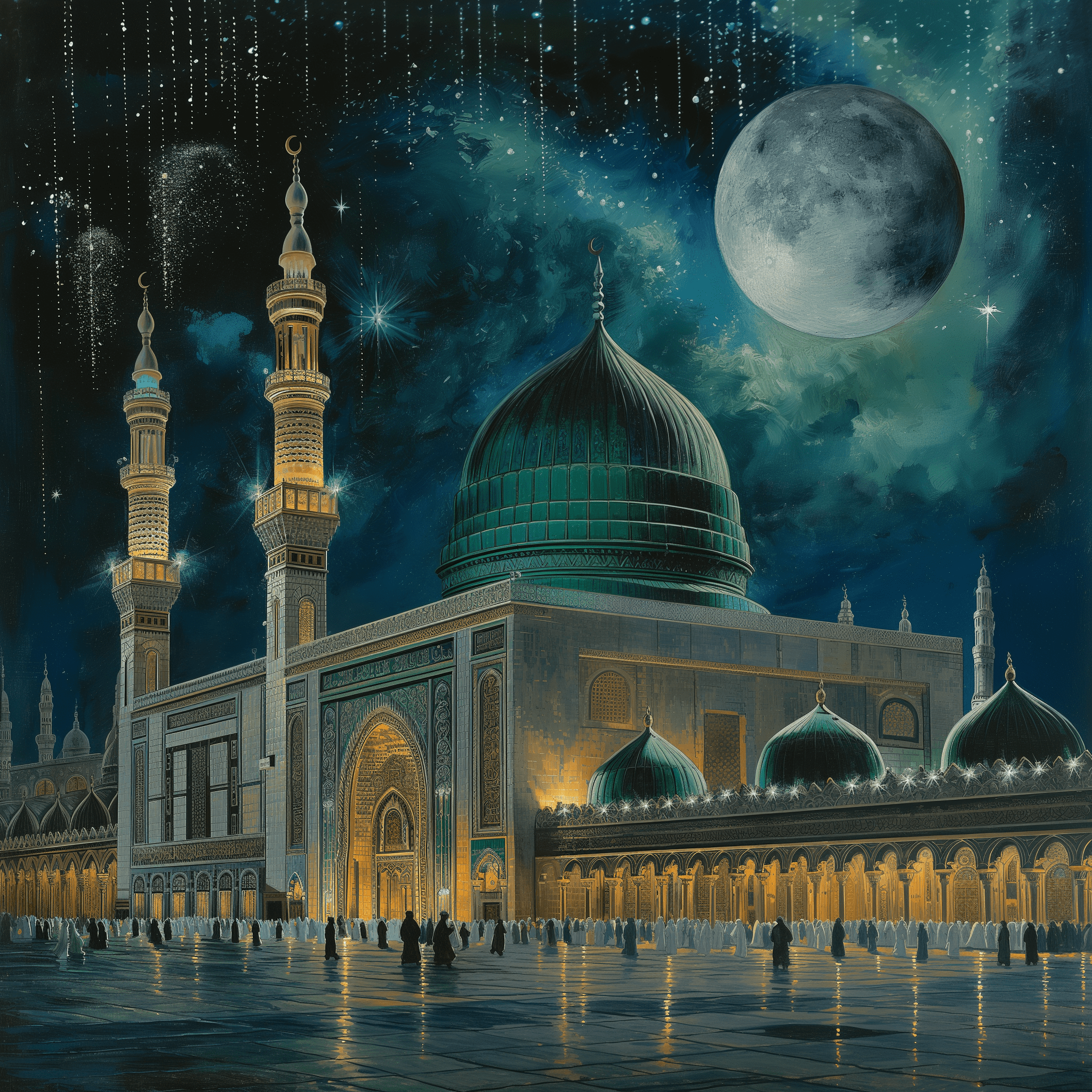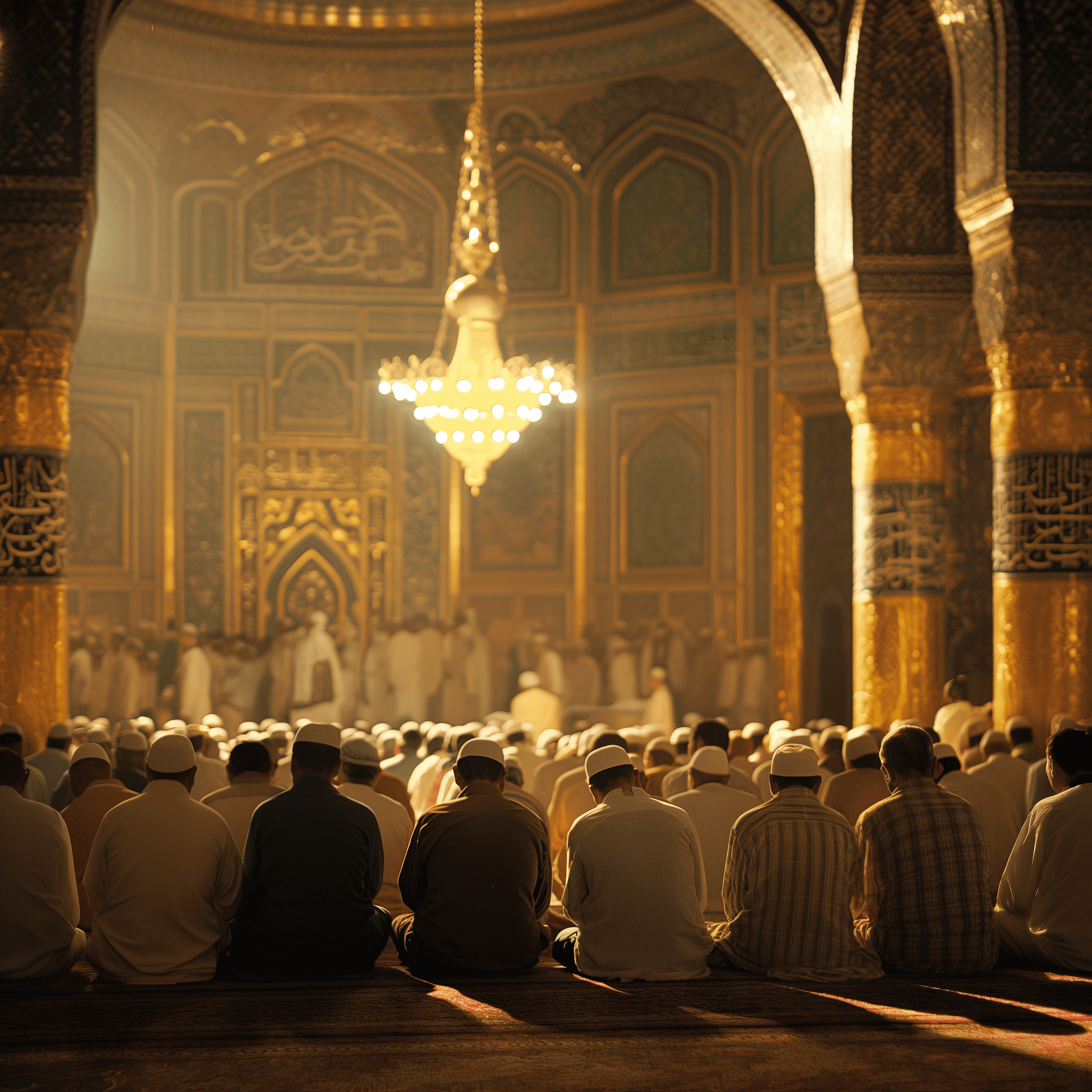
Miraj-un-Nabi (SAW)
Miraj-un-Nabi (SAW) marks a pivotal moment in Islamic history—the night when the Prophet Muhammad (Peace Be Upon Him) undertook a miraculous journey from Mecca to Jerusalem and then ascended to the heavens. This event, celebrated with deep reverence and devotion, underscores the profound spiritual stature and connection of the Prophet with the divine, serving as a source of inspiration and guidance for Muslims worldwide.
The commemoration of Miraj involves various acts of worship and reflection. Muslims around the globe observe this event by engaging in special prayers, recitations, and discussions about the significance of the Prophet's journey. The narratives of Miraj, drawn from Islamic texts, describe how the Prophet was transported by the celestial creature Buraq to Al-Aqsa Mosque before ascending through the heavens, receiving divine wisdom and insights, and ultimately leading a congregation of prophets in prayer.
This occasion also provides an opportunity for Muslims to reflect on the themes of journey and ascension as metaphors for spiritual growth and enlightenment. It encourages the faithful to contemplate their own spiritual journey and strive for closeness with the divine, emulating the Prophet's devotion and righteousness.
Educational programs and community gatherings often accompany Miraj-un-Nabi, with scholars elucidating the event's theological implications and its relevance to contemporary life. Such discussions highlight the Miraj's role in affirming the centrality of prayer, the interconnectedness of the Abrahamic faiths, and the spiritual potential inherent in every believer.
Ultimately, Miraj-un-Nabi is a time of gratitude and reflection, reminding Muslims of the mercy, guidance, and unparalleled spiritual journey of the Prophet Muhammad (SAW). It reinforces the values of faith, prayer, and steadfastness, encouraging Muslims to seek spiritual ascension and closeness to God in their daily lives.







